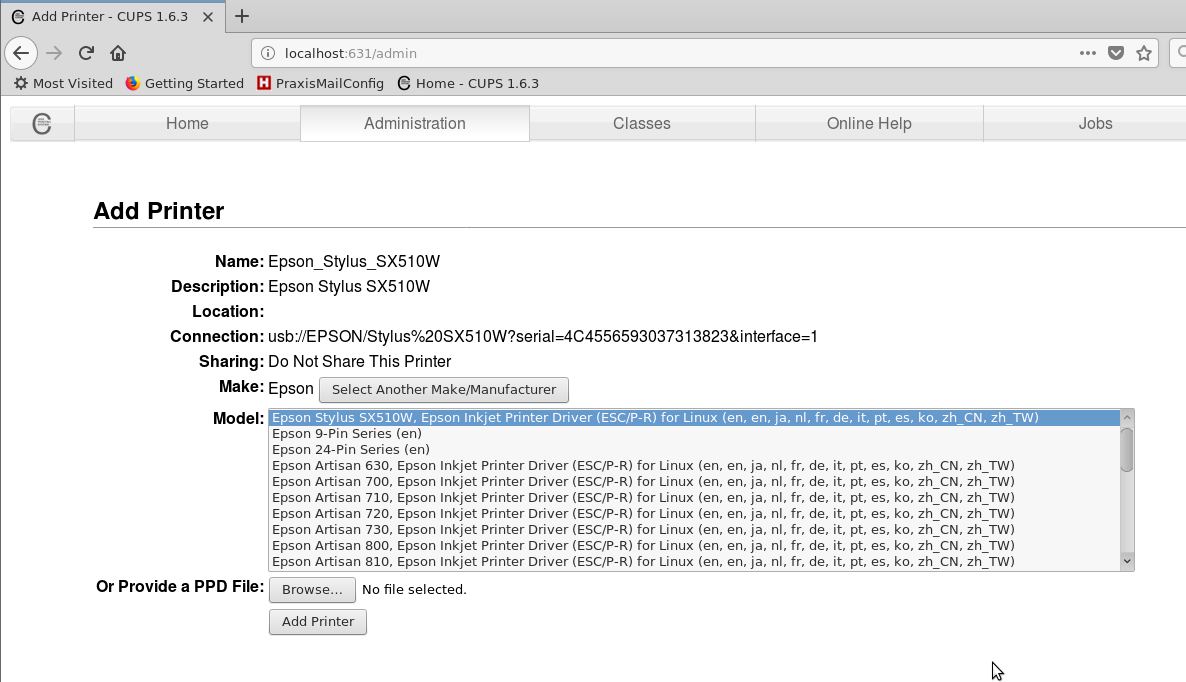How To Install Pfsense Packages Offline Printer
Update: For newer version of pfSense, check out. PfSense is an open source network firewall/router software distribution which is based on the FreeBSD operating system. PfSense software is used to make dedicated firewall/router for a network and it is considered for its reliability and offers many features which mostly found in commercial firewalls. Pfsense can be included with many third party free software packages for additional functionality. As we are using many popular firewall’s in industry level such as Cisco ASA, Juniper, Check Point, Cisco PIX, Sonicwall, Netgear, Watchguard etc. We can use the pfsense in free of cost with rich web interface to configure all our network components. Pfsense supports traffic shapper, virtual ip, Load balancer and much more.
- Pfsense
- How To Install Pfsense Packages Offline Printers
- How To Install Pfsense Packages Offline Printer Hp

Pfsense
Manually Installing E2guardian to pfSense 18 July 2015 Krešimir Nesek DansGuardian package that provides web filtering capabilities seems not to work on the latest pfSense firewall distribution.
How To Install Pfsense Packages Offline Printers
Update pfSense from the command line pfSense is awesome open source router software based on FreeBSD. It features a nice web interface to do any tasks!. PfSense is on Spiceworks to answer your. The way printing works is you share a printer from a. Ran into kind of a strange issue when trying to install pfSense.
It has several Diagnostics tool by default. This article will guide you through the basic instructions on how to install and configure pfSense version 2.1.5 in a home/office network and offers few basic recommendations which is based on my experience. Hardware Requirements • Pentium II Processor, 256MB RAM, 1GB of HDD Space, CD-ROM. • 2 Ethernet Card’s, Pfsense ISO file.
How To Install Pfsense Packages Offline Printer Hp
Hp plotter models. My Environment Setup Hostname: pfSense.tecmintlocal.com WAN IP Address: 192.168.0.14/24 gw 192.168.0.1 LAN IP Address: 192.168.0.15/Default will be 192.168.1.1 HDD Size: 2 GB pSense Version: 2.1.5 pfSense Installation and Configuration 1. First visit the page and select your computer architecture and platform. Here I’ve chosen “ i368 (32-bit)” as my computer architecture and platform as “ LiveCD with installer“, but in your case it would be different, make sure to select and download correct architecture for your system.
After selecting the architecture and platform, you will get a list of mirrors to download, make sure to select nearest mirror link to download the image from there. After download completes, the downloaded image must be burn to an CD/DVD media as an ISO image before we start using it. You can use any CD/DVD burning software to burn the image to CD/DVD media. If incase, you don’t have an CD/DVD drive, you can use tool to create a Live bootable USB media or if you don’t want to follow all these procedures, just go the pfSense download page, there you will get pre-created bootable pfSense images for you USB media, just go there and grab the “ Live CD with installer (on USB Memstick)“. Don’t forget to select USB console type before downloading 4. Now switch on or reboot the target machine, place pfSense CD/DVD or USB stick and set the BIOS options to your booting method (CD/DVD or USB) according to your choice and choose the boot options by pressing a keyboard function keys, usually F10 or F12, pfSense will start booting. As the pfSense starts booting, a prompt is displayed with some options and a countdown timer.
At this prompt, press 1 to get install pfsense by default. If we don’t choose any option it will start to boot option 1 by default.